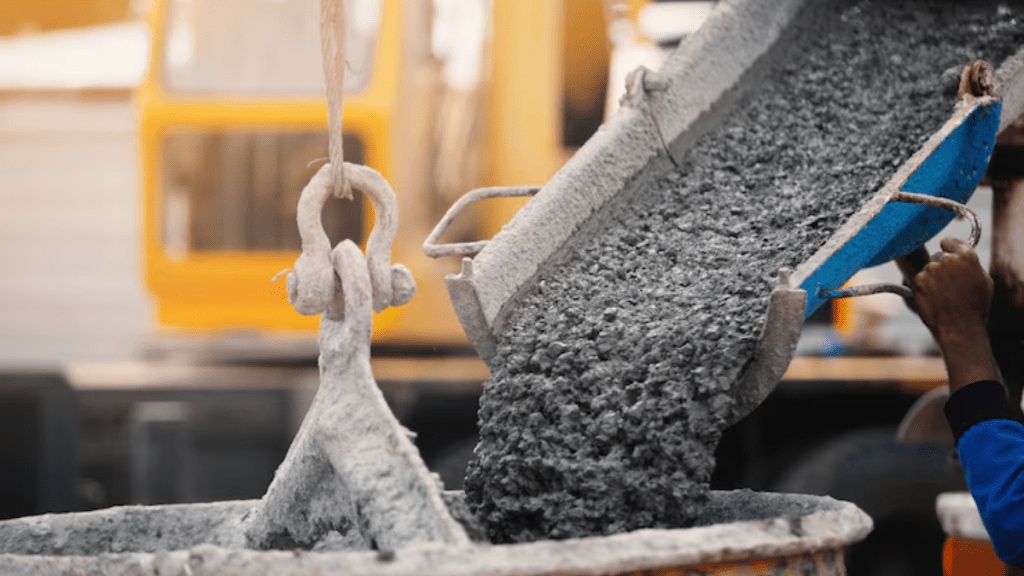Cement makers in India are expected to undertake capital expenditure (capex) worth around Rs 1,25,000 crore over fiscals 2025-2027, stated a report by CRISIL Ratings. This, it added, will be driven by a healthy demand outlook and quest for market share.
The projected outlay will be 1.8 times the capex during the past three fiscals, yet the credit risk profiles of manufacturers will remain stable, CRISIL said, while adding that this is owing to their continued low capex intensity and solid balance sheets with financial leverage sustaining below 1x on the back of strong profitability.
CRISIL Ratings analysed 20 cement makers, accounting for over 80 per cent of the industry’s installed cement grinding capacity as on March 31, 2024, to reach these findings.
A healthy 10 per cent annualised increase in cement demand in the past three fiscals outpaced growth in capacity addition, pushing utilisation level to a decadal high of approximately 70 per cent in fiscal 2024 and prompting manufacturers to press the capex pedal.
“Cement demand outlook remains healthy with a compound annual growth rate of ~7 per cent over fiscals 2025-2029. The surge in capex over the next three fiscals will primarily cater to this growing demand as well as to the aspirations of the cement makers to improve their national presence. A total of ~130 million tonne (MT) of cement grinding capacity (nearly a fourth of the existing capacity) is likely to be added by players over this period,” said Manish Gupta, Senior Director and Deputy Chief Ratings Officer, CRISIL Ratings.
Yet the credit profiles of CRISIL Ratings-rated cement manufacturers will remain stable because capex intensity of the cement industry is still low and likely to remain range-bound at 0.7-0.9 time during fiscal 2025-2027.
“The low capex intensity will keep the balance sheets of manufacturers strong and ensure stable credit profiles. Over 80 per cent of the projected capex over the three fiscals through 2027 is likely to be funded through operating cash flows, resulting in minimal requirement of additional debt. Moreover, existing cash and liquid investments of over Rs 40,000 crore will provide a cushion in case of implementation-related delays,” said Ankit Kedia, Director, CRISIL Ratings.
Accordingly, the financial leverage of cement makers — as measured by net debt to Ebitda — is projected to remain strong below 0.8 time in fiscal 2027, similar to the fiscal 2024 level.
Earlier in June, an interaction with experts and industry leaders suggested that cement producers are looking to invest over Rs 1.5 trillion in the next round of capacity additions as they bet on robust demand, driven primarily by the rapid infrastructure build-up and heightened construction activity. The estimated investment is about 1.4 times bigger than the Rs 1.13 trillion committed in new capacities, brownfield expansions, debottlenecking and maintenance of existing plants over the past five fiscal years through 2024. At the end of FY24, India had close to 630 million tonne (MT) of cement capacity. That is expected to go up by a third (210-220 MT) in the next five to six years.
Further, another report by ICRA released in July, suggested that cement volumes are expected to rise by a healthy 7-8 per cent in FY2025, driven by healthy demand from the infrastructure and housing sectors.
